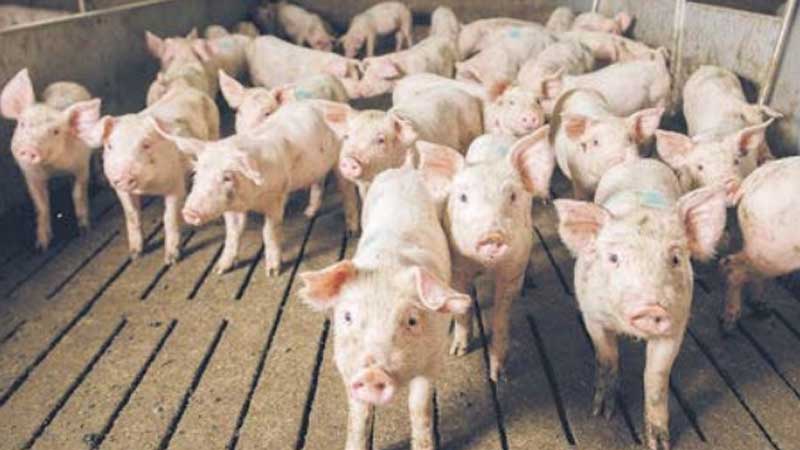
Dear daktari, I am an upcoming pig farmer but the experience I have had in the different farms I have visited for tips is not one of the best. One of the key things that stood out for me in all the farms I visited is the status of the sties, feeding and the general treatment of the animals. I wanted to do it differently as this is something I have always been passionate about. Please fill me in on the best practices for a pig farmer.
Thank you Anita for raising a pertinent animal welfare issue that has been the case here for decades. The demand for pork has been on the rise in recent past. This has placed a production stress on pig farmers in a race to meet the market demands.